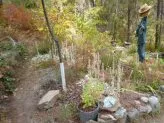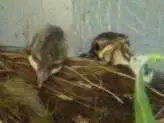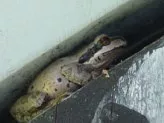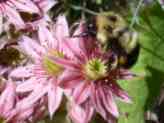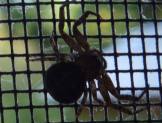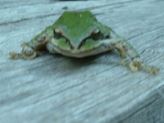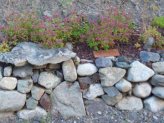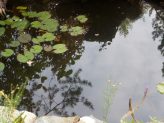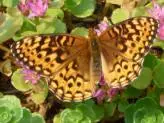All creatures welcome here in the xeriscape garden
Xeric gardens are not a sterile desert – there are many kinds of wildlife, birds and reptiles who are attracted to the conditions they find there.
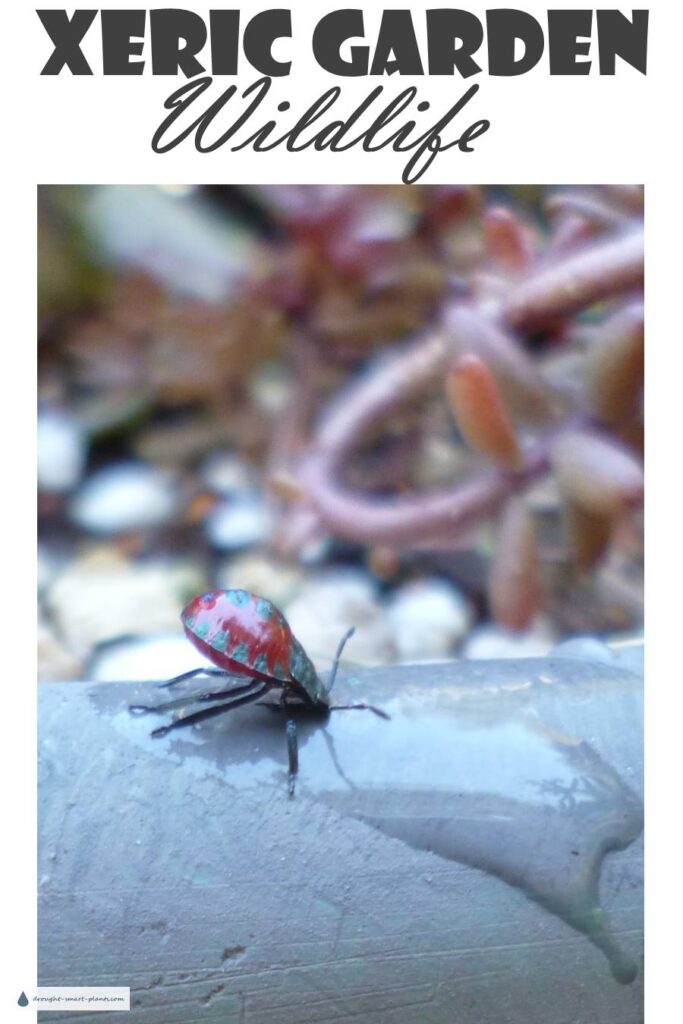
Winged Wildlife
Birds are instinctively drawn to ‘edges’, where woodlands meet open glades, or hedgerows of thorn bushes border open fields or grasslands.
Wildlife habitat that includes shelterbelts and windbreaks with a combination of many different species of shrubs will attract many kinds of wildlife, as well as birds, to your garden.
If you have a pond with running water, even a small one, they’ll come to bathe and drink. Pond wildlife will rely on a garden pond especially one without fish.
Keep in mind the devastation that can occur if you have a cat (or a neighbors cat) visiting your ‘wildlife habitat’.
Make sure your wildlife has somewhere to hide from that type of predator.
Migratory songbirds are especially vulnerable in spring, when their minds are totally involved in courting!
Slithering Wildlife
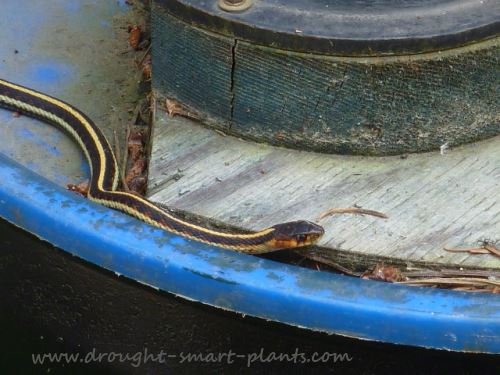
Many reptiles need warmth to energize them, and will bask on compost piles, rock walls, and patios.
Their amazing ability to blend into their surroundings by mimicking a log or rock can surprise you – especially when they suddenly move. They hunt for small fish in ponds, insects and slugs on brick walkways.
This picture is of an exceptionally colourful garter snake, they are sometimes a drab brown, or occasionally will have blue markings along with the red and yellow.
Other snakes that make rare visits to my garden are Yellow Bellied Racers, Rubber Boas and Pacific Green Rattlesnakes.
Lizards and frogs will abound in your xeric garden, as you will grow many flowering plants to attract insects such as bees, wasps, butterflies and others to provide for their diet.
Pacific Tree Frogs spend most of their lives out of water, preferring to snuggle into a small space between layers of plastic on a greenhouse, or in a cranny in a beam…or on a rain chain. For a creature that seemingly never moves from the spot they choose, they eat an incredible amount of insects, including flies and crickets.
Many Legged Wildlife
Spiders of all kinds will congregate to hunt amongst the drought loving plants. Encourage these predators to stay in your garden and forage for food – they will catch an incredible number of pests, and in turn, become food for birds.
To encourage the wildlife to visit your garden, don’t be too quick to clean up – I’ve been busy tidying up and was horrified when I found a butterfly chrysalis on a twig that I was going to throw on the burn pile. After that, I justified the messiness of my garden by referring to it as ‘wildlife habitat’.
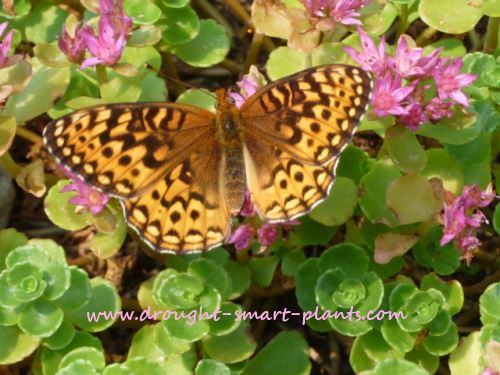
The Great Spangled Fritillary butterfly is a frequent visitor in my xeric garden, gleaning nectar from their favorite flower, Sedum. It’s crucial to also grow some of their caterpillar host plants, the lovely wild Viola adunca.
If that’s too much against the grain for you, at least leave one tiny area of your garden to be a little wilder, and leave a pile of twigs and debris for the little critters to shelter in.
A hedgerow or corner that is weedy and wild can be an important haven for the ‘good’ bugs.
Growing nectar rich plants in a small patch will attract many butterflies and help them on their migrations.
With some thought and planning, as well as judicious laziness, your xeric garden will abound with life of all kinds; pull up a rustic garden bench and enjoy the show!


